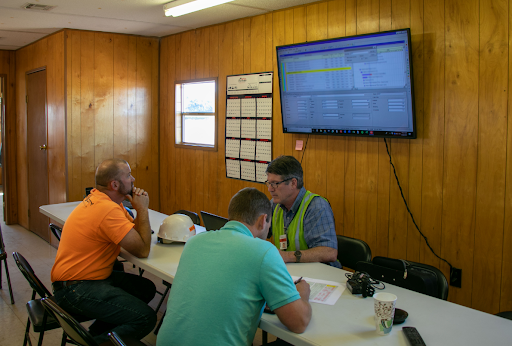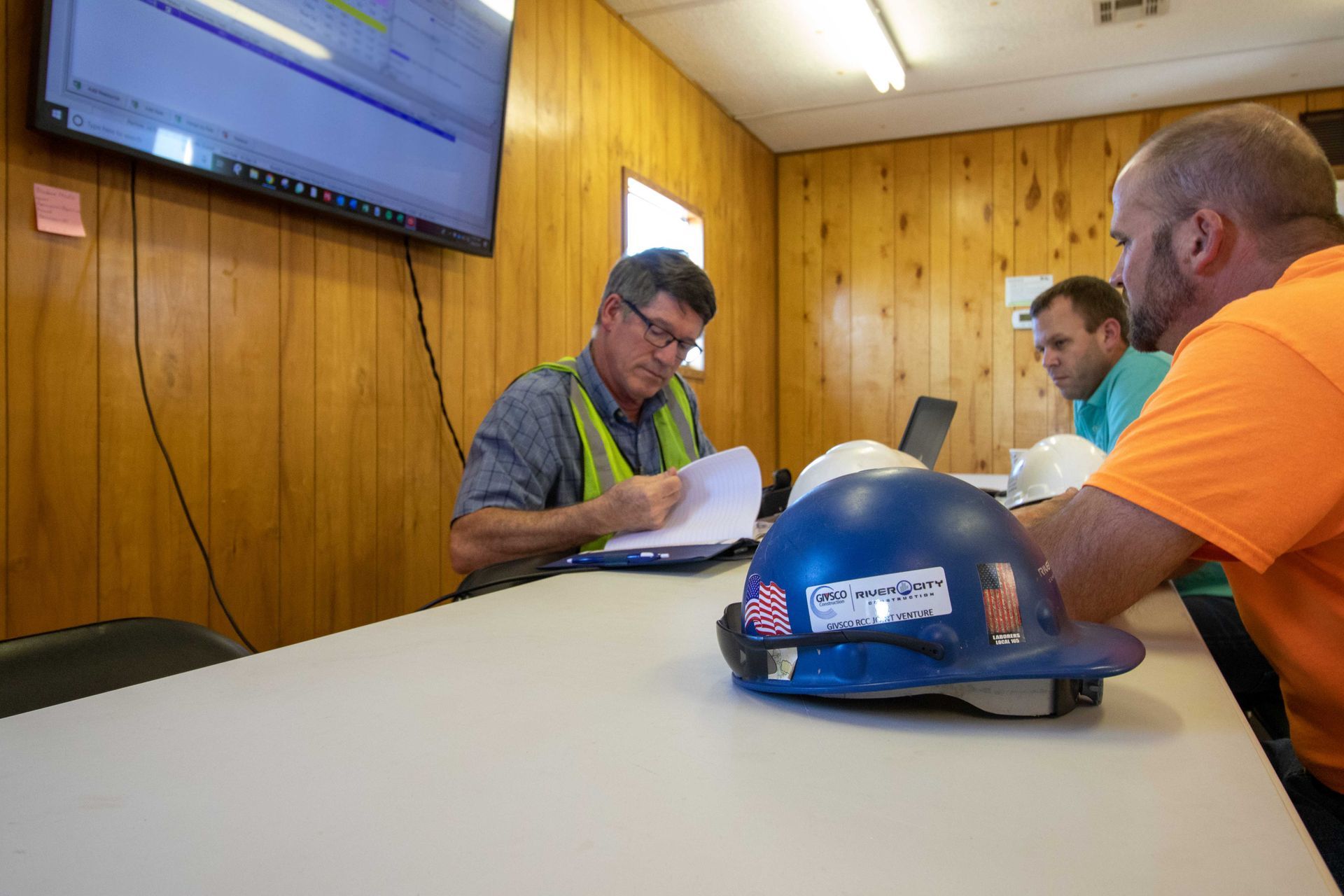The History of Construction Scheduling
Construction scheduling is an integral part of any successful construction project. It is the process of determining the sequence of activities, resources, and time needed to complete a project. Construction scheduling has a long history, dating back to ancient civilizations where construction workers used rudimentary tools to build monumental structures. This article will explore the history of construction scheduling and how it has evolved into the complex and sophisticated process we use today.
Ancient Buildings
The earliest examples of construction scheduling date back to ancient civilizations, such as the Egyptians, Greeks, and Romans. These ancient societies built some of the most impressive and enduring structures, such as the Great Pyramid of Giza and the Colosseum. While there is no evidence of written construction schedules, historians believe that these structures’ builders used some form of scheduling to ensure that the materials and workers were available at the right time.
Bar Chart in 1765
One of the first recorded uses of a construction schedule was in 1765 by Joseph Priestley. He created a bar chart to track the progress of a project to build a new canal in England. The bar chart showed the start and end dates of each activity and the duration of each activity. This was the first time a construction schedule was visualized in a chart format.

Harmonogram in 1896
The Harmonogram was invented in 1896 by Karol Adamiecki, a Polish engineer. The Harmonogram improved the bar chart as it allowed for visualizing the relationships between activities. The Harmonogram used arrows to show the dependencies between tasks and allowed for identifying critical paths, which are the tasks that must be completed on time to ensure the project is finished on schedule.
Gantt Chart in 1910
The Gantt Chart was developed in 1910 by Henry Gantt, an American engineer. The Gantt Chart is similar to the Harmonogram but adds the feature of showing the progress of each activity. The Gantt Chart is still widely used today and is the most popular form of construction scheduling. It allows for visualizing the project timeline, identifying critical paths, and tracking progress.
Construction Equipment Evolves
In the early 20th century, the introduction of heavy construction equipment, such as bulldozers and cranes, allowed for larger and more complex projects to be completed in shorter periods. This increased the need for accurate and efficient scheduling to ensure the equipment was available and construction teams could complete the project on time.
CPM in the 1950s
In the 1950s, DuPont Corporation and the U.S. Navy developed the Critical Path Method (CPM). CPM is a mathematical algorithm that calculates the shortest possible time needed to complete a project by identifying the critical path, which is the longest sequence of tasks that must be completed on time to ensure the project is finished on schedule. CPM allowed for more accurate scheduling and enabled project managers to identify potential delays and take corrective action before they become critical.
PERT in the 1950s
Around the same time as CPM, the U.S. Navy developed Program Evaluation and Review Technique (PERT). PERT is similar to CPM but adds the feature of probabilistic analysis, which allows for the inclusion of uncertainty in the duration of tasks. PERT is beneficial for projects with high uncertainty, such as research and development projects.
Cloud-Based Scheduling Systems of Today
Construction scheduling has evolved to include cloud-based scheduling systems allowing real-time collaboration and access to project data from anywhere in the world. These systems are used to track progress, identify delays, and adjust schedules as needed. They also allow for sharing project data with stakeholders, such as clients and contractors, improving trust and communication.

Looking Ahead
The future of construction scheduling is likely to involve the integration of advanced technologies such as Artificial Intelligence (AI), Machine Learning (ML), and the Internet of Things (IoT). These technologies will enable project managers to predict and prevent delays, optimize resource allocation, and make more informed decisions based on real-time data.
Furthermore, 3D modeling and Virtual Reality (VR) technology are expected to become more prevalent in construction scheduling, allowing for better visualization of projects and improved collaboration between project teams. As the construction industry continues to evolve, we expect to see further innovations in construction scheduling that improve efficiency, reduce costs, and enhance project outcomes.
Work With Thomas D. Wilson Consulting Inc.
When a project is in the works, your best bet is to consult an expert. Our Thomas D. Wilson Consulting team has decades of experience scheduling and managing commercial construction projects of any scope or scale. We actively use SmartPM™, Primavera P6, and other scheduling software that best fits your project.
Let’s connect today to talk about your project!







